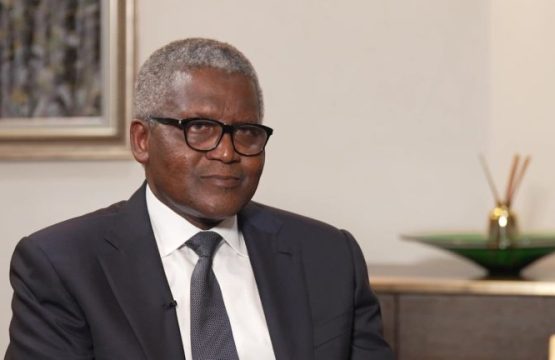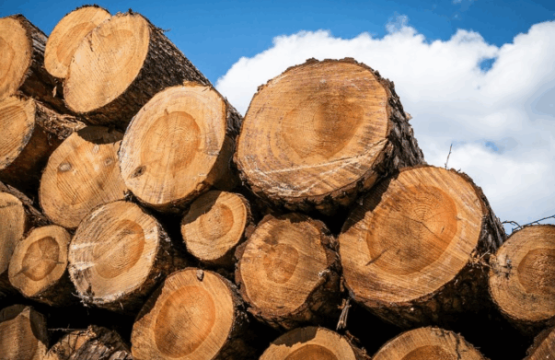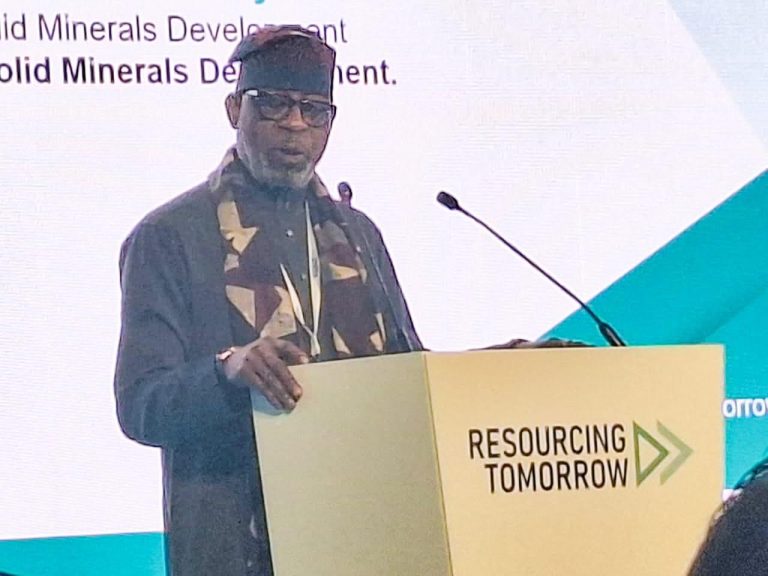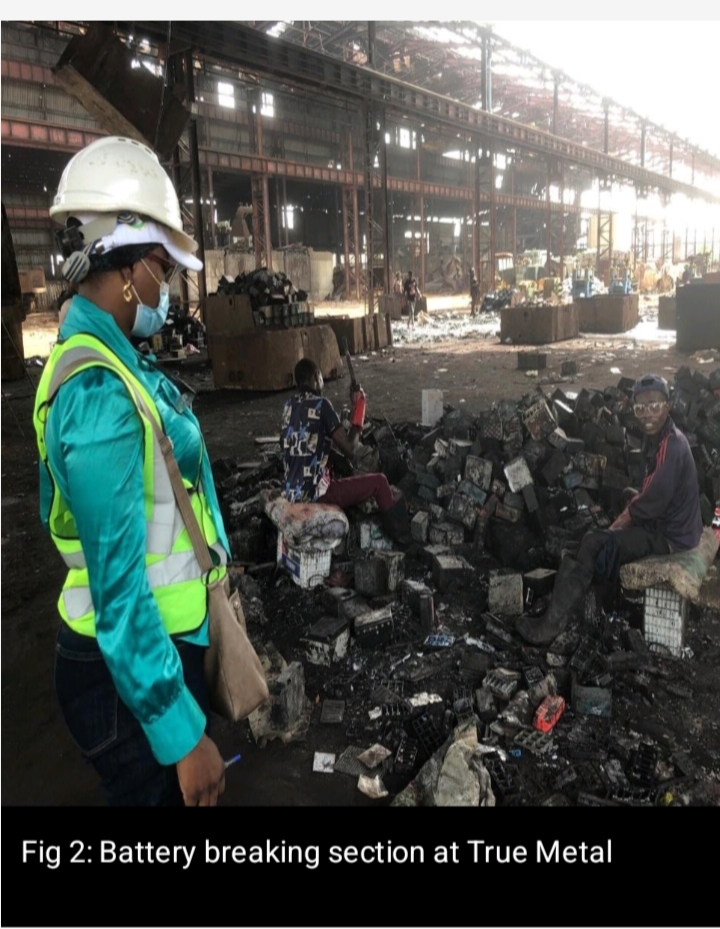Natural gas is one of the most important fuels in today’s world.
To an extent, it offers the high energy benefits of petroleum fuels and also is more environmentally friendly due to lower emissions.
Additionally, recent developments in the global energy market, particularly in Europe, have also thrown the liquefied natural gas (LNG) market into the global spotlight due to Europe’s efforts to diversify away from Russian gas.
Starting from a broad overview of the dynamics of global natural gas demand, the growth in usage in mature markets and countries is now believed to be replaced by growth from the developing world.
At least that’s what is present in the International Energy Agency’s analysis of the sector in October 2023. The agency’s Medium-Term Gas Report 2023 shows that global natural gas demand will grow by 1.6% annually between 2022 and 2026 to mark a slowdown from the historical average of 2.5%. These mature markets account for roughly half of the global natural gas demand, and while they might slow down consumption due to infrastructure investments that are difficult to further expand, Asia in particular will now play a more important role in the global natural gas industry.
Any talk about Asia is incomplete without China, and the IEA estimates that the Asian economic giant can account for half of the global natural gas demand between 2022 and 2026.
However, while the IEA might be muted in its expectations for natural gas, industry executives are striking a different tone. The energy agency’s World Energy Outlook 2023 report claimed that natural gas demand would drop by 100 billion cubic meters by 2050, yet, gas industry executives point out that Asia’s demand alone could grow by more than 50% by 2050. In fact, according to the chief executive officer of Woodside Energy Group Ltd (NYSE:WDS) Meg O’Neil, LNG is absolutely essential for Asia to meet its economic growth projections and the shift to environmentally friendly fuels.
Yet, while Asia is expected to maintain a strong role in the global natural gas market, the 2022 Russian invasion of Ukraine might already have made a permanent mark on the industry, particularly in Europe.
At least that’s what the CEO of Vitol Holding BV, one of the largest gas companies in the world, believes. Vitol’s LNG shipments to Europe tripled to 3 million
In this piece, we will take a look at the ten countries with the largest natural gas reserves in 2023.
10. Federal Republic of Nigeria
Natural Gas Reserves In Cubic Kilometers in 2021: 5,750
Courtesy of its sizeable energy economy, Nigeria is the biggest economy in Africa. This economy is built on the petroleum industry, and Nigeria is also interested in meeting Europe’s natural gas needs.
9. Bolivarian Republic of Venezuela
Natural Gas Reserves In Cubic Kilometers in 2021: 6,000
Venezuela has the biggest oil reserves in the world, but it cannot sell its products on the global market. Where there’s oil, there’s gas, making it no surprise that it ranks 9th on our list of the countries with the largest natural gas reserves.
8. United Arab Emirates
Natural Gas Reserves In Cubic Kilometers in 2021: 6,090
The U.A.E. is a prosperous Middle Eastern nation. It accounts for more than a fifth of the world’s natural gas production.
7. People’s Republic of China
Natural Gas Reserves In Cubic Kilometers in 2021: 6,650
China is the world’s biggest economy in PPP terms as well as the second most populous nation. It is also the world’s third largest natural gas consumer.
6. Kingdom of Saudi Arabia
Natural Gas Reserves In Cubic Kilometers in 2021: 9,430
Saudi Arabia is the world’s leading oil producer. October was a historic month for gas in Saudi Arabia, as the state owned Aramco bought its first stake in an LNG company.
5. Turkmenistan
Natural Gas Reserves In Cubic Kilometers in 2021: 10,000
Turkm0enistan is a landlocked Central Asian country. It has some of the biggest natural gas fields in the world, with gas production being entrusted to the state owned company Turkmengaz. Turkmenistan provides billions of cubic feet of gas to China, and it also aims to provide gas to India, Pakistan, and Afghanistan – all regional countries, through a new pipeline. However, Turkmenistan’s natural gas industry is also quite controversial, with one leak having been thought to have released billions of dollars of the fuel into the atmosphere.
4. United States of America
Natural Gas Reserves In Cubic Kilometers in 2021: 17,710
The United States is the world’s largest economy in nominal terms, the world’s only superpower, and also the world’s largest oil producer. The U.S. also has the world’s biggest privately run oil companies, such as Chevron Corporation (NYSE:CVX) and Exxon Mobil Corporation (NYSE:XOM).
More than a fifth of America’s natural gas reserves are in Texas, with Pennsylvania and Louisiana also having significant reserves. America’s energy mix is also reliant on natural gas due to the fuel’s clean burning properties.
3. State of Qatar
Natural Gas Reserves In Cubic Kilometers in 2021: 23,900
Qatar is a Middle Eastern nation that is one of the most prosperous countries in the world. It has the fifth highest GDP per capita in the world at $51,968. The Russian invasion of Ukraine gave Qatar’s natural gas industry a sizeable boost as supplies to Europe accelerated due to sanctions on Russian fuels. Gas exports from Qatar’s North Field have enabled it to vastly improve its standard of living, demonstrating the crucial role of the fuel in the country’s development.
2. Islamic Republic of Iran
Natural Gas Reserves In Cubic Kilometers in 2021: 34,000
Iran is another Asian country with vast amounts of petroleum reserves. Just like Venezuela, the country cannot sell its fuel on the international market due to financial sanctions.
However, Iran nevertheless supplies copious amounts of oil to China through a vast global network of cargo ships. Yet, fuel subsidies in Iran are often a pain for budget managers, and the country is also investing billions of dollars to bring its LNG capacity up to global standards.
1. Russian Federation
Natural Gas Reserves In Cubic Kilometers in 2021: 47,800
Russia is the largest country in the world in terms of landmass. It is also a crucial player in the global natural gas industry, with the state owned firm Gazprom responsible for supplying Russian gas through massive land pipelines.
These days though Russia is eager to find alternative markets for its gas after supplies have dropped to Europe.
To this end, it plans to build a new natural gas pipeline to supply China.
▪︎ Culled from Yahoo Finance / Insider Monkey










